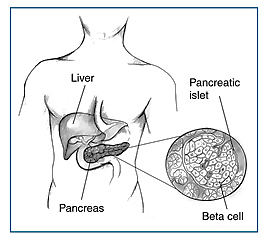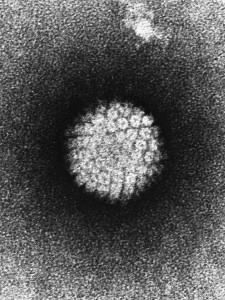Morocco receives one of the greatest rates of solar insolation in the world-about 3,000 hours per year of sunshine. The rate of insolation for Morocco is so high because the Sahara desert, which is the largest hot desert in the world, covers large parts of the country. Morocco is largely dependent on outside sources for its energy supply (97%) and also faces a growing demand of energy sources. The construction of the Noor 1 Concentrated Solar Power plant, which is currently running, is the first phase of a large solar power plant that is intended to provide energy for more than a million Moroccans. This project will surely decrease Morocco’s reliance on imports for energy consumption and reduce its carbon dioxide emissions by millions of tonnes.
So how do these solar power plants work? Solar electric thermal power plants use parabolic mirrors to concentrate solar energy onto a pipeline carrying a fluid which is warmed to about 393° C. The hot fluid eventually enters a heat exchanger, which is a device that allows heat from a fluid to pass to a second fluid, without the two fluids having to mix together. The hot fluid in this case is used to heat water, creating steam which is used to turn turbines, generating electricity. One of the main challenges regarding the use of solar power plants is the storage of energy. One of the advantages of thermal solar power is that it is capable of storing thermal energy, albeit the first phase of the power plant is capable of providing energy for up only up to three hours after nightfall. The full complex, as BBC notes, will generate twenty hours of power per day. Molten salt, consisting of a mixture of sodium and potassium nitrate, is used as the medium to store energy. The molten salt mixture is stored at 1050° F, until electricity is needed. During times of necessity, i.e. when the sun is down, the molten salt is pumped out from the hot tank through a heat exchanger.
The finished nine billion dollar project, consisting of five solar generation power sites aims to produce 2,000 megawatts of electricity by 2020. The country is currently focused on meeting its own energy needs but discussions have arisen regarding the export of solar energy to other neighboring countries, such as Tunisia. This is largely exciting news for the renewable energy sector. The power of the sun’s energy has been known for decades; Gerhard Knies, a German particle physicist, calculated that “the world’s deserts receive enough energy in a few hours to provide for humanity’s power needs for a whole year”. The idea of exporting solar energy from parts of the world with high solar insolation to areas with less solar insolation is indeed appealing, given the efficiency and non-polluting nature of solar electric thermal plants. I suspect that we will see more infrastructure being built in desert-like areas in the near future with a long-term vision of a globally interconnected solar export system.
Credit: 100pcRenewables
-Rachel Carr



















